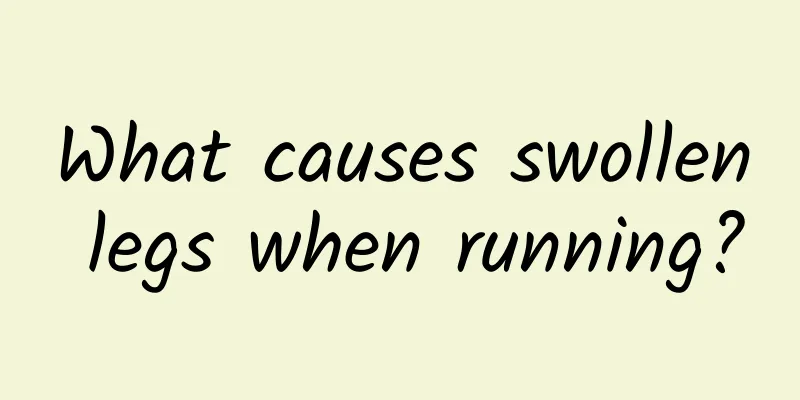Differential diagnosis of facial nerve palsy can be distinguished from these two classifications

|
For a long time, the method of differential diagnosis of facial nerve paralysis has been the most concerned by patients in clinical practice. Therefore, I will introduce the specific identification methods to you below. 1. Central facial paralysis It is caused by damage to the contralateral cortical-pontine bundle. Because the upper group of facial muscles are not affected, only the lower group of facial muscles on the opposite side of the lesion are paralyzed, and is often accompanied by hemiplegia on that side. 2. Peripheral facial paralysis (1) Guillain-Barré syndrome (cranial nerve type): Peripheral facial palsy may occur, but the lesions are often bilateral and are often accompanied by damage to other cranial nerves. The cerebrospinal fluid may show protein (increased) cell (normal or slightly elevated) separation phenomenon. (2) Pons lesions: Because the motor nucleus of the facial nerve is located in the pons, its fibers bypass the abducens nucleus. Therefore, in addition to peripheral facial paralysis, pontine lesions are often accompanied by damage to adjacent structures within the pons, such as paralysis of the ipsilateral lateral rectus muscle, facial sensory impairment, and paralysis of the contralateral limbs. (3) Damage to the cerebellopontine angle: The fifth and eighth cranial nerves as well as the cerebellum and medulla oblongata on the same side are often damaged simultaneously. Therefore, in addition to peripheral facial paralysis, there may also be symptoms such as ipsilateral facial sensory disturbance, tinnitus, deafness, dizziness, nystagmus, limb ataxia and contralateral limb paralysis. (4) Lesions in the vicinity of the facial nerve canal: such as otitis media, mastoiditis, otomastoid surgery, and skull fractures. In addition to peripheral facial paralysis, there may be other corresponding signs and medical history. (5) Lesions outside the stylomastoid foramen: Since the facial nerve passes through the parotid gland after exiting the stylomastoid foramen to innervate the facial expression muscles, parotid gland inflammation, tumors, and surgery in the jaw, neck, and parotid area can all cause peripheral facial paralysis. However, except for facial paralysis, there is often a history of corresponding diseases and characteristic clinical manifestations, without auditory hypersensitivity and taste disorders. |
<<: The sequelae of facial nerve paralysis are the three most significant
Recommend
Treatment of intracerebral hemorrhage
As we all know, the brain is very important to ou...
Corn and pork ribs soup, three methods are most worth learning
Among the common delicacies, corn and pork ribs s...
How to protect your eyes if you use them frequently?
Since computers became popular, many people have ...
Hashimoto's thyroiditis symptoms
There are many types of diseases. In the treatmen...
Effects of Chinese herbal medicine Angelica dahurica
The traditional Chinese medicine Angelica dahuric...
What are the treatments for fasciitis? How to treat it?
The cause of fasciitis is still unclear. It is ge...
Will chronic urticaria heal on its own?
Chronic urticaria usually occurs when the conditi...
The "second brain" actually moves around every day
Traditional Chinese medicine believes that the ne...
The role of plasma
Blood is an essential component for maintaining o...
What does Danshen counteract?
Purple Salvia miltiorrhiza Everyone has heard of ...
How to Treat Lupus Kidney Disease
The treatment of lupus nephropathy has always bee...
What are the effects and functions of Schisandra chinensis?
Schisandra chinensis actually has many functions ...
What should I do if I have constipation due to excessive dampness?
Dampness is a problem that will occur in everyone...
Persistent stomach pain for one month
If you have persistent dull pain in your stomach ...
Why do I feel bitter in my mouth when I wake up in the morning? What is the reason?
When I wake up in the morning, my mouth is extrem...









